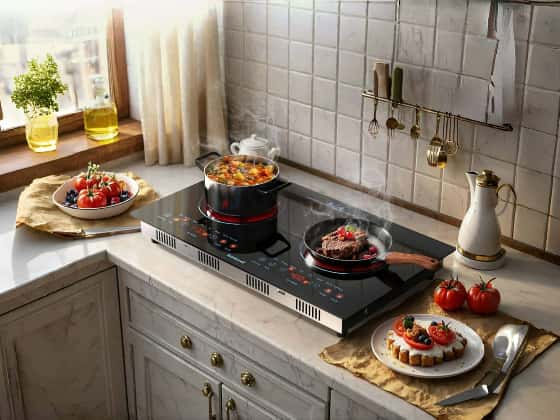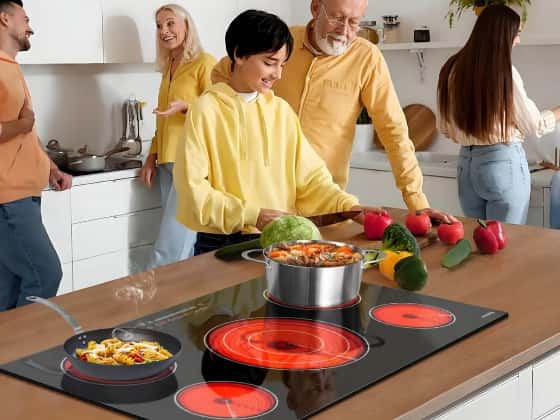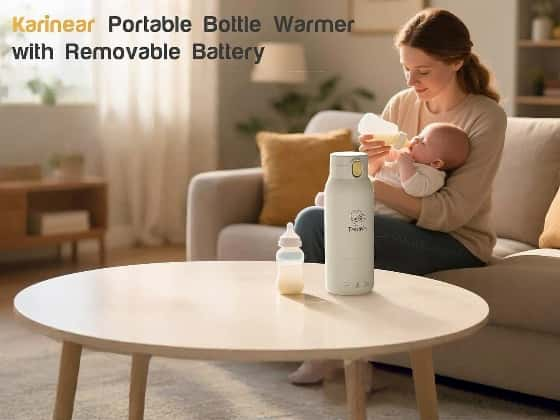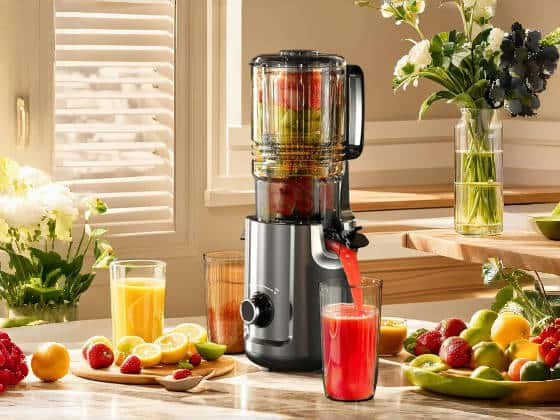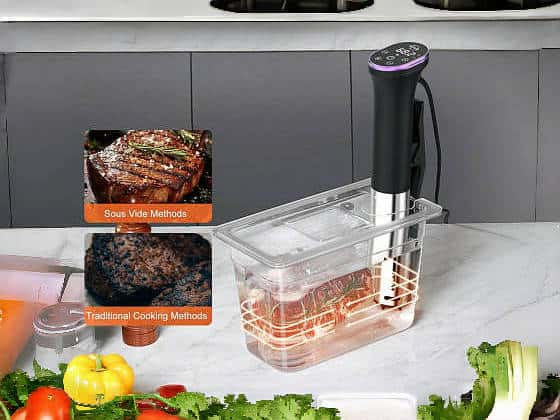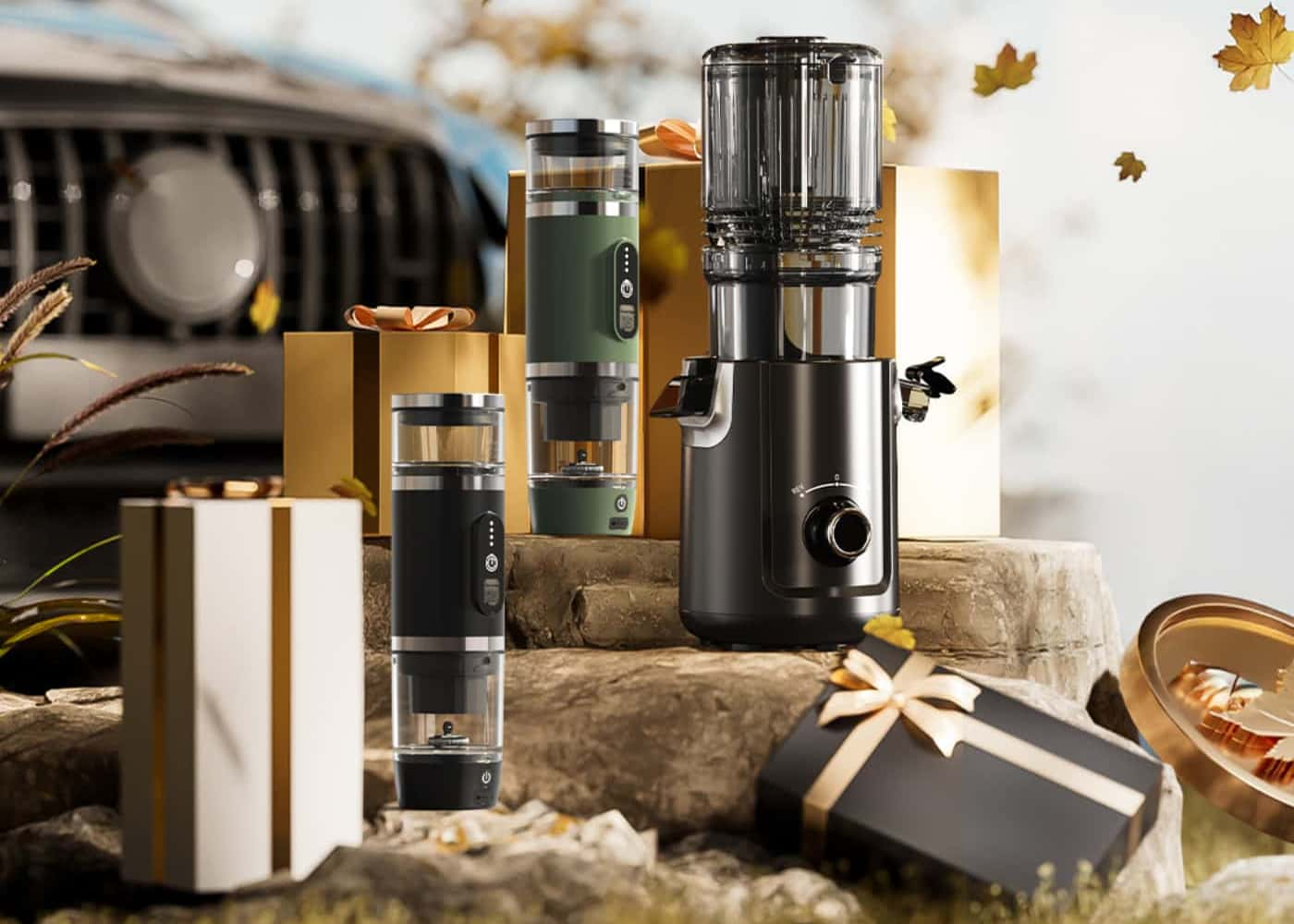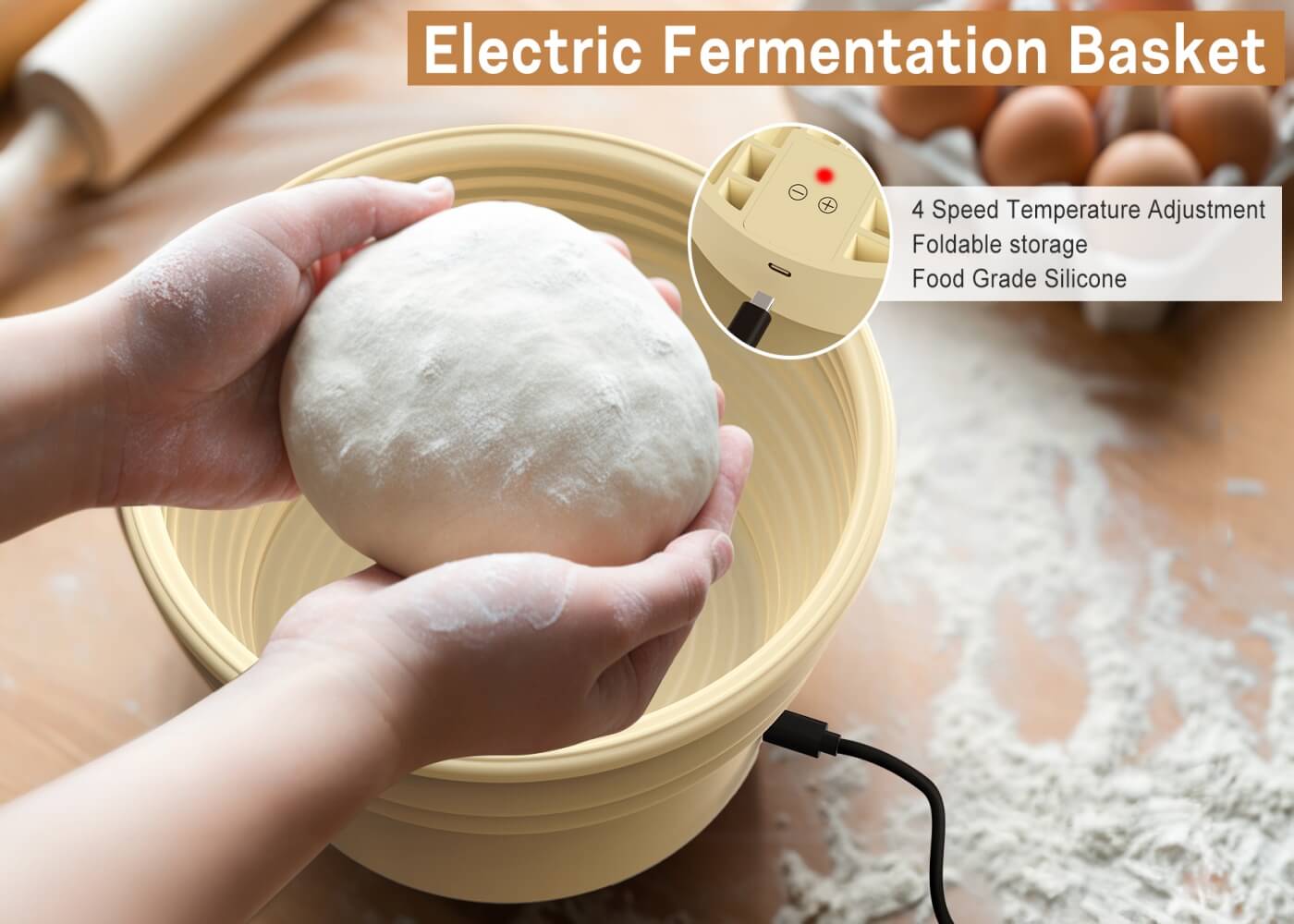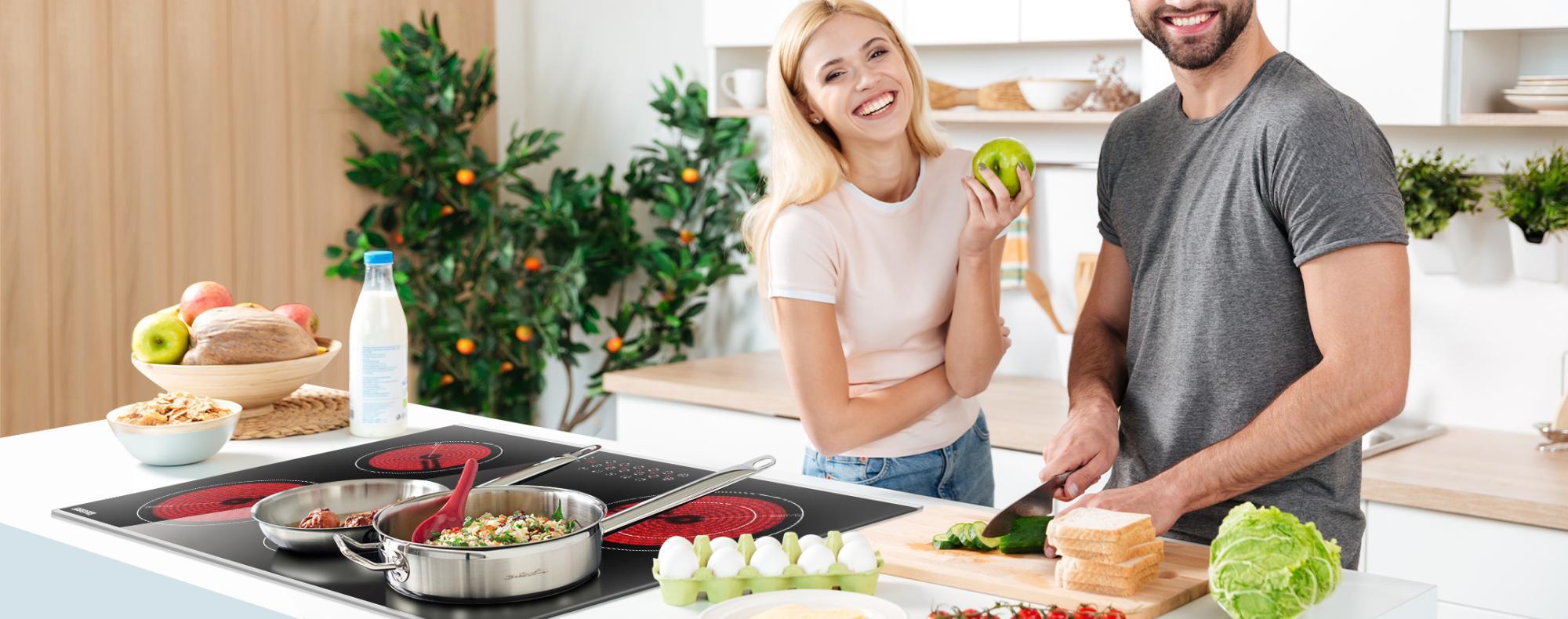
Electric stove tops usually last 13 to 15 years, but proper care and maintenance can add another 3 to 5 years to their life. Regular cleaning and maintenance will give a safer cooking experience. It also helps maintain peak performance and saves energy.
Let me share a complete guide about cleaning and maintaining electric stove tops. You'll learn the best ways to clean electric glass stove tops and care for electric stove top burners. The guide covers everything from daily care tips to advanced maintenance methods that help extend your appliance's life and reduce energy costs.
This piece teaches you maintenance routines, cleaning techniques, and smart usage practices. These simple steps will help you get the most value from your electric stove top while keeping it safe and lasting longer.
Getting Started with Your Electric Stove Top
Electric stove tops these days come in two main types: traditional coil elements and smooth ceramic-glass surfaces. Everything in their components and operation helps achieve the best cooking results.
Parts of an electric stove top
The core team of components makes up every electric stove top. The heating elements are the foundations of the design, which you can find as exposed metal coils or hidden beneath a ceramic-glass surface. The control panel contains responsive knobs or touch-activated controls to adjust temperature. Traditional coil models include drip bowls that catch spills and protect the burners. Most models also have hot surface indicator lights that glow to warn you the cooking areas are too hot to touch.
Understanding heat settings
Electric stove tops work within specific power ranges that vary based on burner size. Small coil burners usually run between 1,200-1,500 watts, while large burners work at 2,000-2,700 watts. The temperature settings match these ranges:
- High (8-10): 450°-650°F - Ideal for boiling and searing
- Medium (5-7): 325°-374°F - Perfect for sautéing and maintaining slow boils
- Low (1-4): 225°-249°F - Suitable for simmering and keeping food warm
Matching pots and pans to burners
Your success with electric stove top cooking depends on matching the right cookware. Standard burner sizes range from 5-7 inches for small burners, 8-9 inches for medium, and 10-12 inches for large burners. Your cookware should not stick out more than 1/2 inch past the burner's edge. Pots and pans need flat bottoms that sit flush with the heating surface to transfer heat well. Heavy-bottomed cookware spreads heat more evenly, which reduces hot spots and helps cook food consistently.
Daily Usage Best Practices
You'll need to understand your electric stove top's heating patterns to become skilled at temperature control. The burners won't change temperature instantly, so it's best to preheat them for 5-10 minutes before you start cooking.
Proper heating techniques
We learned that successful cooking starts with gradual temperature adjustments. To boil liquids, start with a lower setting and slowly increase the heat to avoid boiling over. Using two burners at once is a great way to get better control - keep one hot and one low, so you can move the pot between them when needed.
Your delicate sauces will heat more evenly if you warm your cookware in a 350-degree oven for 20-30 minutes. Each burner type has its purpose - power burners work best for high-heat cooking but won't give you a gentle simmer.
Avoiding common mistakes
The biggest problem comes from using maximum heat settings when you shouldn't. Save the highest temperature just for boiling liquids since it can reach between 500 and 750 degrees Fahrenheit. A 6-inch pan on an 8-inch burner wastes much of the burner's energy - at least 40%.
Safety should always come first - stay with your food while it cooks. Turn pan handles toward the stove's center to prevent bumps, and don't wear loose sleeves in the kitchen. Tough stains and burnt residue are easier to clean after the surface cools completely.
It's worth mentioning that hot surface indicators stay lit until the temperature drops below 150 degrees Fahrenheit. This helps because electric burners need about 20 minutes to cool down fully.

Cleaning Your Electric Stove Top
Regular maintenance keeps your electric stove top working at its best and prevents stubborn buildup. I've found that cleaning routines substantially reduce time spent on deep cleaning sessions.
Quick daily wipe-down steps
Let your stovetop cool completely before cleaning. A damp microfiber cloth with mild dish soap works well to wipe down the surface. Clean spills right after they occur to prevent burnt-on residue.
Dealing with tough stains
We tackled stubborn stains with a baking soda paste. Mix 1/4 cup of baking soda with 3 tablespoons of water. Apply this paste to tough spots and let it sit for 20 minutes. The most challenging burnt-on food needs white vinegar sprayed over the baking soda paste. Wait 5 minutes before wiping clean.
Cleaning burner coils safely
Your electric stove top burners need proper cleaning techniques. Pull completely cooled burners gently away from their socket fittings. The coils need cleaning with a damp cloth and mild soap solution. Never submerge them in water - this can damage electrical connections.
Drip pans need attention along with the coils. These removable pans work well with warm soapy water. Chrome and porcelain pans can go into the dishwasher for a deep clean. Make sure all components are completely dry before reassembly to avoid electrical issues.
Smart Features of Modern Electric Stoves
Advanced technology has changed the way we interact with electric stove tops. It brings precision and convenience to our daily cooking routines.
Temperature control systems
Modern electric stove tops use sophisticated electronic control systems with remarkable accuracy. These systems have temperature sensors that monitor cooking temperatures continuously. The sensor changes its resistance based on the ambient temperature and sends signals to the control panel for precise adjustments.
Electronic controls give you unprecedented flexibility in power management. The systems can run at full power (240 volts), half power (120 volts), or mix different power levels for the best cooking results. They read resistance changes in the sensors and adjust power to the heating elements automatically. This helps maintain consistent temperatures while you cook.
Safety lock features
Safety remains a top priority in modern electric stove tops. Temperature limiters keep the surface from reaching dangerous levels that could damage cookware or create fire risks. Child lock features give you peace of mind by preventing accidental activation of the controls.
The automatic shut-off feature is a vital safety mechanism. The system turns off the stove when it detects overheating or if the burner stays on too long. These smart safety features work together with hot surface indicators that stay lit until the temperature drops below 150 degrees Fahrenheit.
Some advanced models now include:
- Temperature control sensors that optimize energy usage by detecting when items reach ideal cooking levels
- Wi-Fi connectivity for remote monitoring and control
- Voice-activated commands for hands-free operation
- Smart sensors that automatically adjust settings for optimal cooking results
These intelligent features improve safety and lead to more efficient and precise cooking experiences.
Conclusion
Electric stove tops serve as reliable kitchen workhorses if we treat them right. My experience shows that proper maintenance and smart usage practices can extend their lifespan beyond 13-15 years.
Daily attention makes a real difference. Matching cookware sizes, adjusting temperatures gradually, and prompt spill cleanup prevent most problems. These simple habits protect your investment and ensure consistent cooking results while saving energy.
Modern features definitely add convenience, though the simple principles remain significant. Regular cleaning, careful temperature control, and proper cookware selection are the foundations of electric stove top care. Traditional coil models and modern glass-top units both benefit from these principles to maximize performance and durability.
Your patience with electric stove tops will reward you. Their heating characteristics differ from gas ranges, but understanding these differences helps adapt your cooking style to get better results. Starting these maintenance habits today will help your stove top serve you reliably in the coming years.

